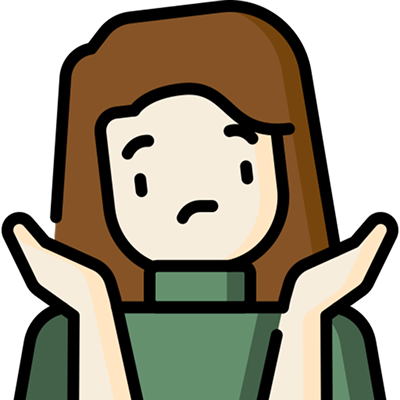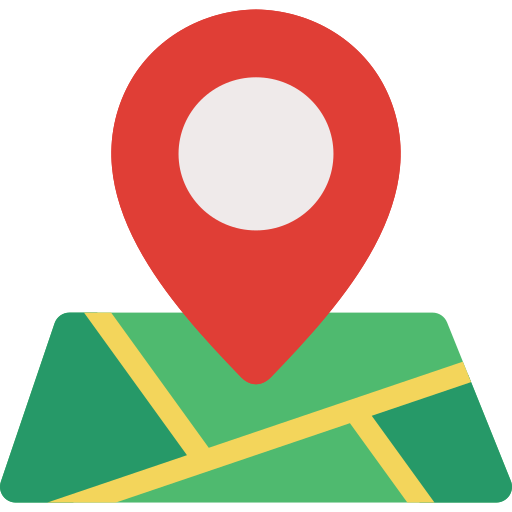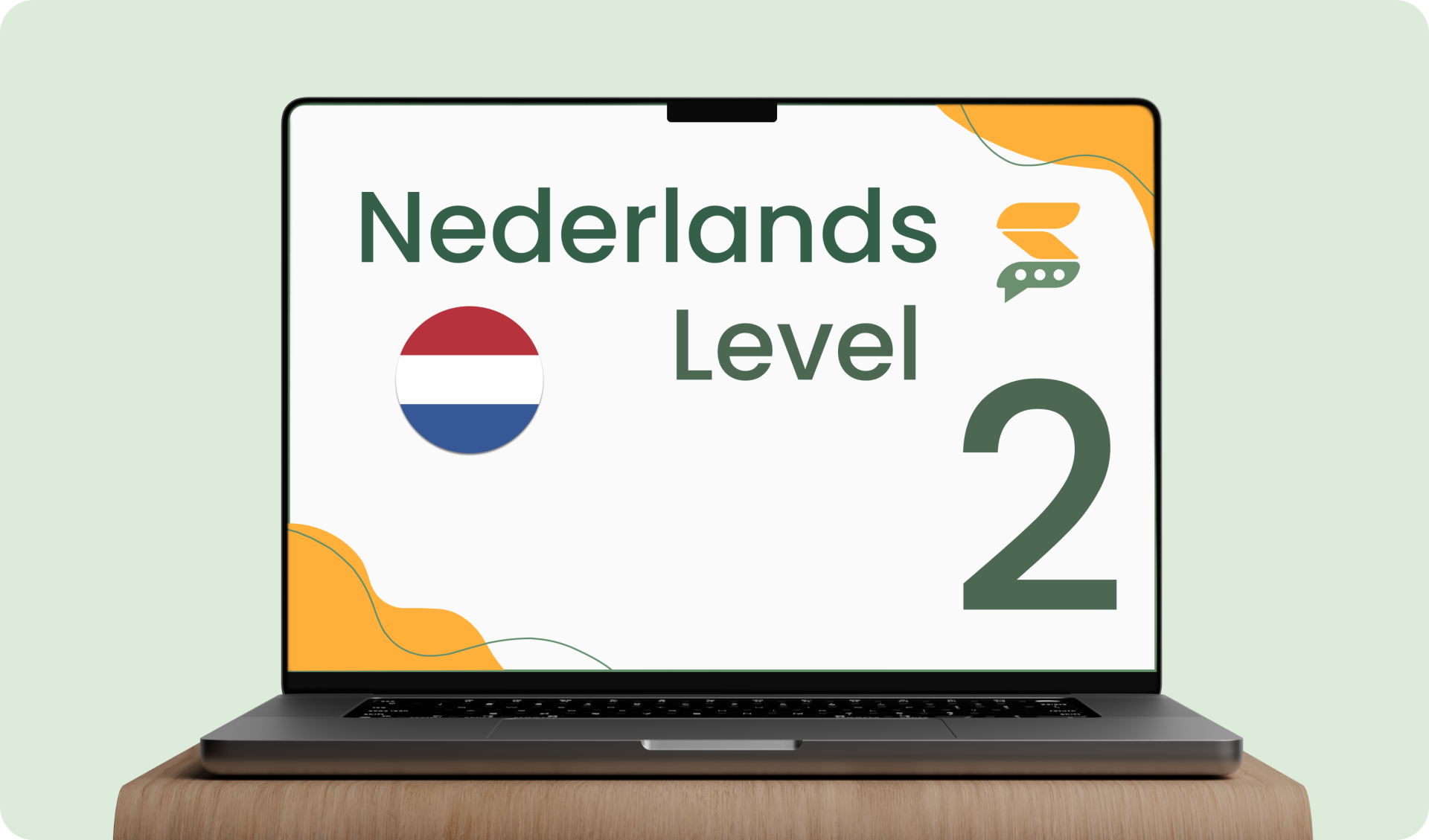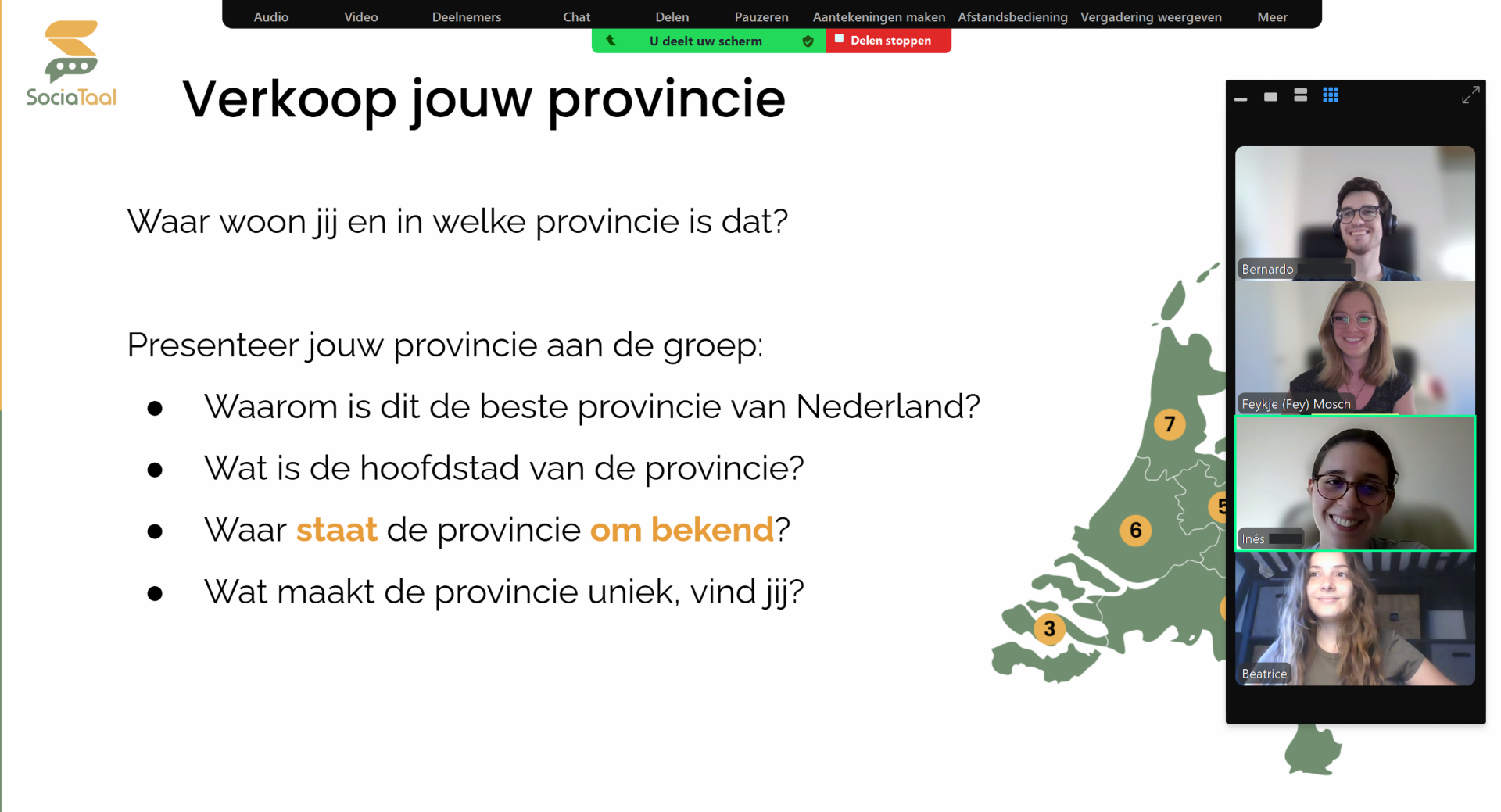Jun 30
/
Koen Kleinstra
Understanding "Er" | Dutch Grammar Explained
As soon as you start making some progress with the Dutch language, the word "er" is around the corner to tackle you.
While actually, understanding "er" in Dutch grammar is a common hurdle for many learners. This little word pops up everywhere, which makes it one of the most common Dutch grammar mistakes. But don't worry, it's actually not that hard at all after reading this blog post!
I will clearly explain the four ways on how to use "er" in Dutch.
While actually, understanding "er" in Dutch grammar is a common hurdle for many learners. This little word pops up everywhere, which makes it one of the most common Dutch grammar mistakes. But don't worry, it's actually not that hard at all after reading this blog post!
I will clearly explain the four ways on how to use "er" in Dutch.

1. Dutch Grammar: "Er" for Places
One of the, more simple, ways to use of "er" is when referring back to a place you've already mentioned:
- Ik woon al tien jaar in Nederland. → Ik woon er al tien jaar. (I've lived there for ten years.)
- Ben je weleens in Canada geweest? → Ja, ik ben er weleens geweest. (Yes, I've been there.)
Er, daar en hier
Instead of "er", you can also use "daar" and "hier".
"Er" is a softer, unstressed form of "daar" (there) or "hier" (here) used when the place is already clear.
When you start a sentence with a location, you do that to add emphasis and because "er" is unstressed, you can't start the sentence with "er".
❌ Ik woon er al tien jaar.
✅ Ik woon daar/hier al tien jaar.
❌ Er woon ik al tien jaar.
✅ Daar/hier woon ik al tien jaar.
"Er" is a softer, unstressed form of "daar" (there) or "hier" (here) used when the place is already clear.
When you start a sentence with a location, you do that to add emphasis and because "er" is unstressed, you can't start the sentence with "er".
❌ Ik woon er al tien jaar.
✅ Ik woon daar/hier al tien jaar.
❌ Er woon ik al tien jaar.
✅ Daar/hier woon ik al tien jaar.

2. Using "Er" in Dutch with Quantities
Another fairly simple, and very frequently used "er" is in combination with quantity, when something has already been mentioned:
- Ik heb drie auto's. → Ik heb er drie. (I have three.)
- Ze drinkt veel kopjes koffie. → Ze drinkt er acht per dag. (She drinks eight a day.)
Position of "er"
In these cases, "er" always precedes the number. In general "er" comes always after the first verb. This makes your Dutch sound smoother and more natural.
In these cases, "er" always precedes the number. In general "er" comes always after the first verb. This makes your Dutch sound smoother and more natural.

3. How to Use "Er" with Dutch Indefinite Subjects
Similar to English expressions like "there is" or "there are," the Dutch indefinite subject usage of "er" introduces new, unspecified elements:
Maybe you noticed we use "staat" en "liggen", this is because we use position verbs in Dutch. For example:
❌ We don't say: The keys are on the table.
✅ We do say: The keys lay on the table.
- Er staat een bureau in mijn kantoor. (There is a desk in my office.)
- Er liggen sleutels op de tafel. (There are keys on the table.)
Maybe you noticed we use "staat" en "liggen", this is because we use position verbs in Dutch. For example:
❌ We don't say: The keys are on the table.
✅ We do say: The keys lay on the table.
This is because the keys are laying in a horizontal position. We actually have quite a few interesting rules for position verbs which you all learn with practical exercises in my Nederlands Level 2 course

4. Dutch Prepositions with "Er" or "Daar"
The last and more difficult one is the combination of "er" or "daar" with prepositions. We use it to avoid long sentences with repeated words.
Position of "er"
In this case "er" comes after the verb again and the preposition can be connected depending on the words in the sentence. If the "er" and preposition come after each other, they connect as one word.
Change of preposition
Sometimes the preposition slightly changes when used with "er".
This slight change also happens when using seperable verbs.
- Wil je stoppen met roken? → Ja, ik wil ermee stoppen. (Yes, I want to stop with it.)
- Denk je aan onze afspraak? → Ja, ik zal eraan denken! (Yes, I'll think about it!)
Position of "er"
In this case "er" comes after the verb again and the preposition can be connected depending on the words in the sentence. If the "er" and preposition come after each other, they connect as one word.
Change of preposition
Sometimes the preposition slightly changes when used with "er".
- met --> mee
- tot --> toe
This slight change also happens when using seperable verbs.
You're Er's boss now.
Now you're the boss of "er" instead of "er" being your boss. Time to put this in to practice.

SociaTaal is an online educational platform that helps you to succeed in learning Dutch in a fun and efficient way.
Copyright © 2025
